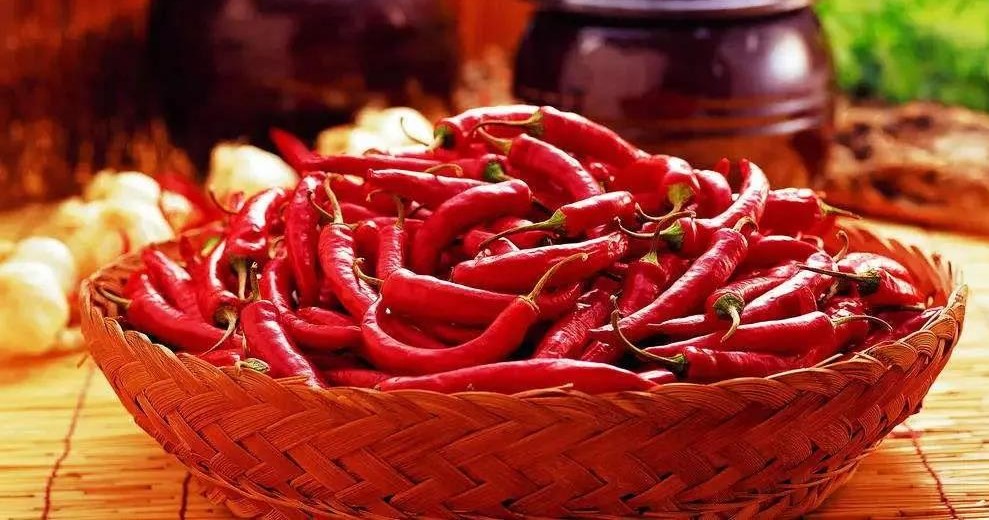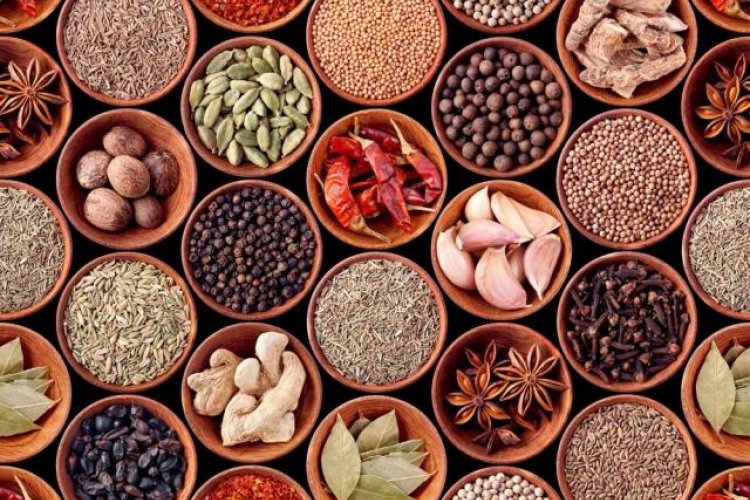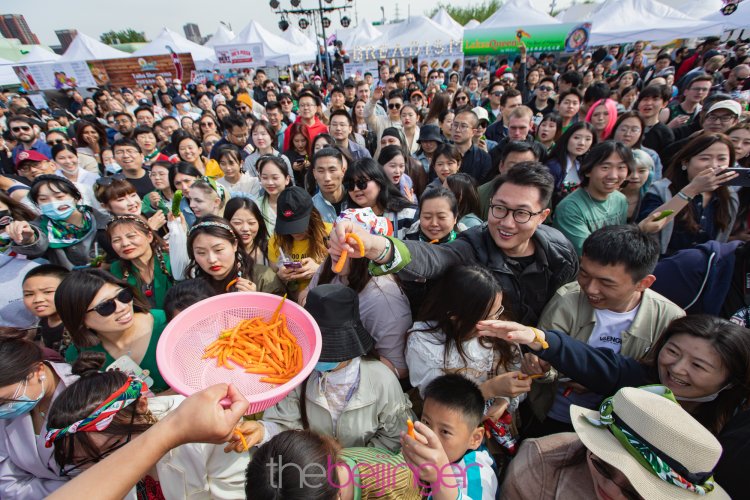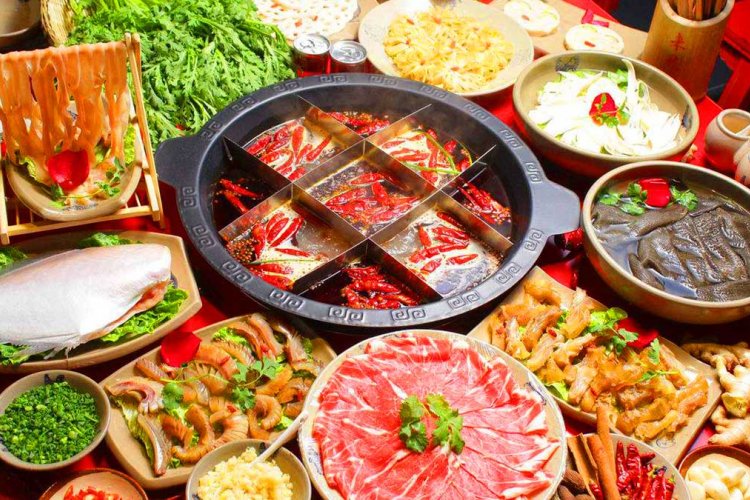Beyond the Hutong: Heating Up With The Chilis of China
This article comes from the Hutong (WeChat ID: TheHutong), which aims to educate people about Chinese history, geography, and culture, in Beijing and beyond.
Is spice the spice of life? It may or may not be depending on your interpretation of existence, but it is a FACT that the bold chili pepper is making its way to more and more plates and dishes all across China (and the world) year by year.
Sichuan food has taken the country by storm, and even cuisines historically known for their fresh, clean palates (we are looking at you Guangdong!) are sneaking a chili pepper here or there to spice things up. It is entirely common to find fiery Sichuanese and Hunanese dishes at local restaurants in cities all across the country. What’s the fuss all about? Why are people increasingly “taking it hot”, and where is the spiciest food in China, anyway?

Sichuan Misconceptions
“I don’t like Sichuan food. It’s just spice and oil.”

So who IS the hottest, province wise? General consensus gives a slight edge to Hunan over Sichuan and Guizhou, through Yunnan has the hottest chili, and there are some real sleepers coming out of Guizhou. We may never know the true answer to this, though we do know, the hottest plates come from the hottest chilis! And what are those?
Who’s the Hottest?

The Heat of the Matter: China’s Hottest Chilis
Chili peppers have only made their way into Chinese cuisine in the last 400 years or so, though China now produces about 50% of the world’s total chili pepper output! As foodies and spice-lovers ourselves here at The Hutong, we sought to find out a little information about some of China’s hottest chilis.
What does it mean to be hot anyway? Is it “spicier” to take a nip off a Thai chili, or to sit through an entire hotpot meal? The Thai chili is hotter but does not require the same endurance that a Chongqing Hotpot feast does. Some spice-lovers prefer a quick rush to the head from superhot chilis, while the others enjoy the slow burn of well-spiced cuisines. There is no right way to get “burnt up,” but we do know that chilis have changed the present and future of Chinese cuisine indelibly.
Let’s look together at three of China’s hottest peppers.

The Regular Culprit - “Xiao Mi La” otherwise known as “Thai Chilis”

The Secret Solder – Hainan’s Huang Deng Long "Yellow Lantern” Chili
Native to Hainan Island and widely unknown to the foodie populace of the PRC, these are more than twice as spicy as Thai chilis, being a variety of the ultra-hot bonnet pepper variety. Often diluted and pressed into a more manageable sauce, they pack an enormous firey punch at over 170,000 Scoville units, and are only consumed as is by serious hot-heads.
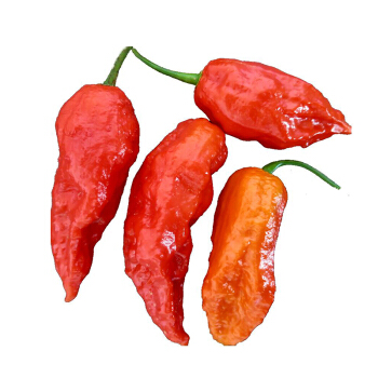
Growing wild on Yunnan’s southern border, these unbelievably hot chilis pack it in at 1,000,000 Scoville units and are reserved for true spice sadists, and those who live for the burn. Whether fresh, dried, pickled, sauced up, and soaked in hotpot oil, we hope you celebrate the humble chili as much as we do. READ: Beyond the Hutong: Exploring the Paths Less Traveled South of the Clouds Images: The Hutong
Hellfire Supreme – Yunnan’s Shuan Shuan La "Ultra-Hot Chili"
Related stories :
Comments
New comments are displayed first.Comments
![]() China Boy
Submitted by Guest on Tue, 11/24/2020 - 18:30 Permalink
China Boy
Submitted by Guest on Tue, 11/24/2020 - 18:30 Permalink
Re: Beyond the Hutong: Heating Up With The Chilis of China
It would take a brave chef to sneak a chilli into a traditional Cantonese dish! The locals like to taste what they're eating. I spent a couple of years in ChangSha and sometimes wondered what the chef was disguising with chilies. I got the impression it was throw in some chilies and that'll make it a traditional 'hot' Hunan dish.
In England we're spoilt with Indian hot and spicy curries, a good Madras makes a Hunan chilli dish rather tame!
Validate your mobile phone number to post comments.

